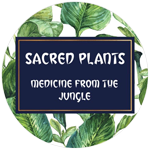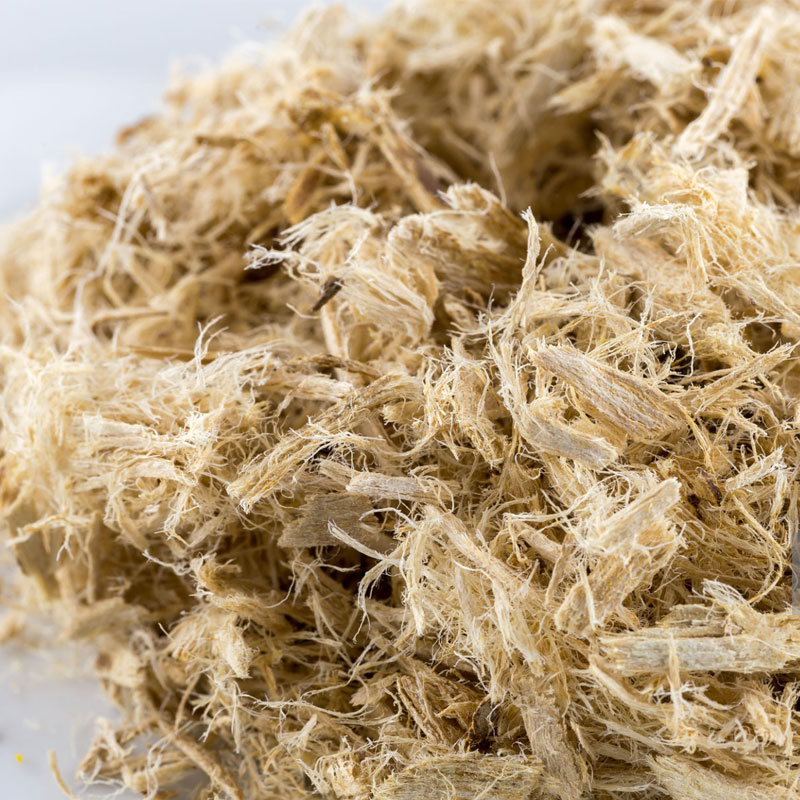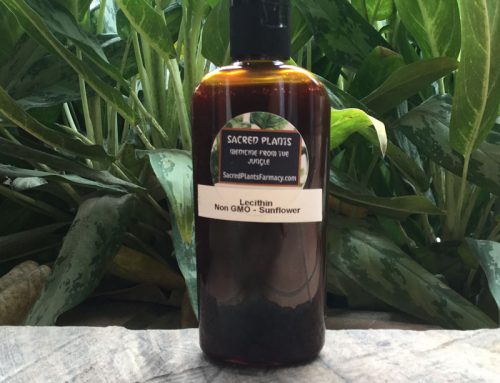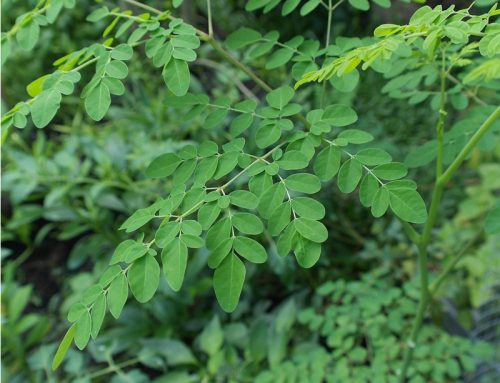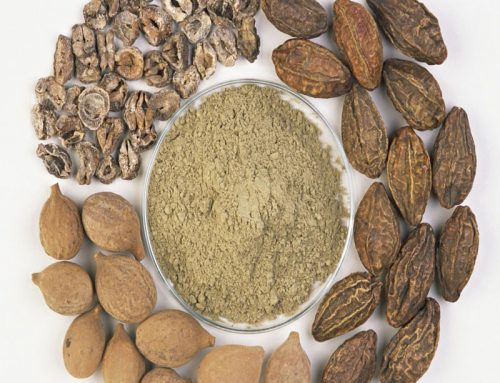This demulcent herb is used in many of Sacred Plants Farmacy’s healing products.
- A demulcent for asthma that eases irratation, soothes lungs and brings up phlegm.
- Combined with Licorice root and Marshmallow in a tea called “Throat Coat”.
- Combined with coltsfoot, cinnamon, elderberry and chamomile in cough drops.
- Added to our Cough and Congestion syrup, along with Elderberry, Opium Lettuce, Euphorbia Hirta and Honey.
It is also used for:
- Irritable Bowel Syndrom
- Diarrhea
- Constipation
- Hemorrhoids
- Bladder infection
- Urinary Tract Infection
Slippery elm, an oldie-but-goodie herbal remedy, is derived from the Ulmus rubra or Ulmus fulva tree, which is grown in many parts of the world, including North America, says Aumatma Shah, ND, a naturopathic doctor. “The medicinal part of this tree is the inner bark.”
That inner bark has a gummy texture and was used by Native Americans to make healing salves for wounds and infections, adds Josh Axe, D.N.M., C.N.S., D.C., the founder of Ancient Nutrition and author of KETO DIET. “Some tribes also found that when the bark was used [in] tea, it helped to relieve sore throats and acted as a natural laxative,” he says.
Today, the “slippery” inner bark of the tree is dried and powdered, and it’s offered in many forms as a source of natural medicine. While a cursory image search shows you something that basically just looks like a pile of sawdust (not necessarily promising), here are some slippery elm benefits that make it worth trying.
Special Precautions & Warnings:
Pregnancy and breast-feeding: Folklore says that slippery elm bark can cause a miscarriage when it is inserted into the cervix of a pregnant woman. Over the years, slippery elm got the reputation of being capable of causing an abortion even when taken by mouth. However, there’s no reliable information to confirm this claim. Nevertheless, stay on the safe side and don’t take slippery elm if you are pregnant or breast-feeding.
1. It can help soothe a sore throat
Don’t let that nasty cough linger for too long. “Herbal teas, lozenges, and tinctures for soothing coughs are often made with slippery elm because of its demulcent effects. This means that the herb turns into a gel-like substance that coats the throat and eases irritation and coughing,” says Dr. Axe.
Slippery elm can help provide cooling and moisture to the body, adds Shah, so it can be an important remedy for any inflammatory condition. “To support the lungs, you may consider using this remedy when you have a harsh dry unproductive cough, bronchitis, croup, or laryngitis,” she says.
2. It may settle your stomach if you have digestive issues
Slippery elm works as a mucilage, acting as a thick, glue-like substance that coats your throat and digestive tract that can help with digestive issues. “It causes mucous secretions, and helps to reduce inflammation and irritation associated with gastrointestinal issues [like] hyperacidity and ulcerative colitis,” says Dr. Axe. Some small studies have found that slippery elm even can have an antioxidant effect on people with inflammatory bowel conditions, although more research (with larger sample sizes) is needed.
Research also shows that slippery elm has prebiotic effects, which further support gut health by feeding your body’s good bacteria, promoting its health and growth.
3. It may help clear your skin
You know how everything is connected to your gut? Dr. Axe says that because of slippery elm’s gut boosting benefits, it might also help with inflammatory skin conditions like psoriasis (which is associated with leaky gut syndrome). In fact, a very small study published in the journal Alternative Medicine Review found that when patients with mild to severe psoriasis drank slippery elm bark water and saffron tea daily (along with a healthy diet consisting of seafood, fruits and vegetables, fiber supplements, and olive oil) symptoms improved over a six-month period. A lot more research (ideally a clinical trial with lots more test subjects) needs to be done for anything to be conclusive, but it’s a promising start.
Slippery elm also has other potential skin benefits beyond psoriasis management. “Traditionally, slippery elm was used to promote wound healing and soothe burns. When applied topically, its gel-like consistency works as an emollient that soothes the skin,” Dr. Axe says. Slippery elm also has anti-inflammatory properties and contains antioxidants, both of which boost skin health, he adds.
Any side effects?
Slippery elm is generally safe and has very little toxicity, says Dr. Shah. But there are some caveats to this rule—which is why, as with all herbs, it should be taken under the supervision of your doctor, herbalist, or trusted practitioner.
Yes, slippery elm can be great during cold season, but Dr. Shah says it should not be used for wet, productive coughs as it can aggravate the symptoms. She also doesn’t recommend it for someone who is suffering from excess dampness (like bloating or yeast infections, per traditional Chinese medicine) because it is a damp herb. Steer clear if you are pregnant or breastfeeding unless otherwise advised by your health care provider, as it may not be safe.
Slippery elm might also interfere with other medications. “Because it coats the digestive tract, it may slow down the absorption of other herbs or medications,” says Dr. Axe. (Again, this is why it’s key to consult with your doctor or another qualified specialist before popping slippery elm.)
Interactions with other medications note:
Medications taken by mouth (Oral drugs) interacts with SLIPPERY ELM
Slippery elm contains a type of soft fiber called mucilage. Mucilage can decrease how much medicine the body absorbs. Taking slippery elm at the same time you take medications by mouth can decrease the effectiveness of your medication. To prevent this interaction take slippery elm at least one hour after medications you take by mouth.
How to use slippery elm
Slippery elm can be found in many (many) forms, including tea, powders, lozenges, tablets, capsules, poultice, and extracts. And you can also find the extract of it in cosmetics like lotions, shampoos, soaps, and face creams. Which makes that trip to the supplement aisle pretty overwhelming.
In general, Dr. Axe likes to add about one tablespoon of slippery elm powder to hot water or tea (with a little honey, cacao, or cinnamon to help with the flavor). Dr. Shah similarly uses the powder, but has a different recipe: “Put about one to two tablespoons of powder or bark in about 32 oz of room temperature water. Cover overnight and strain in the morning. Then, sip it over the course of your day.” She also says she recommends capsules for people who are having digestive issues.
The appropriate dose of slippery elm depends on several factors such as the user’s age, health, and several other conditions. At this time there is not enough scientific information to determine an appropriate range of doses for slippery elm. Keep in mind that natural products are not always necessarily safe and dosages can be important. Be sure to follow relevant directions and consult your pharmacist or physician or other healthcare professional before using.
So if you’ve run out of cough drops, or your honey-laden herbal tea is just not cutting it, consider slippery elm to be another potentially helpful tool to have in your cold-and-flu-fighting arsenal.
